The US Army Gun Trucks in the Vietnam War
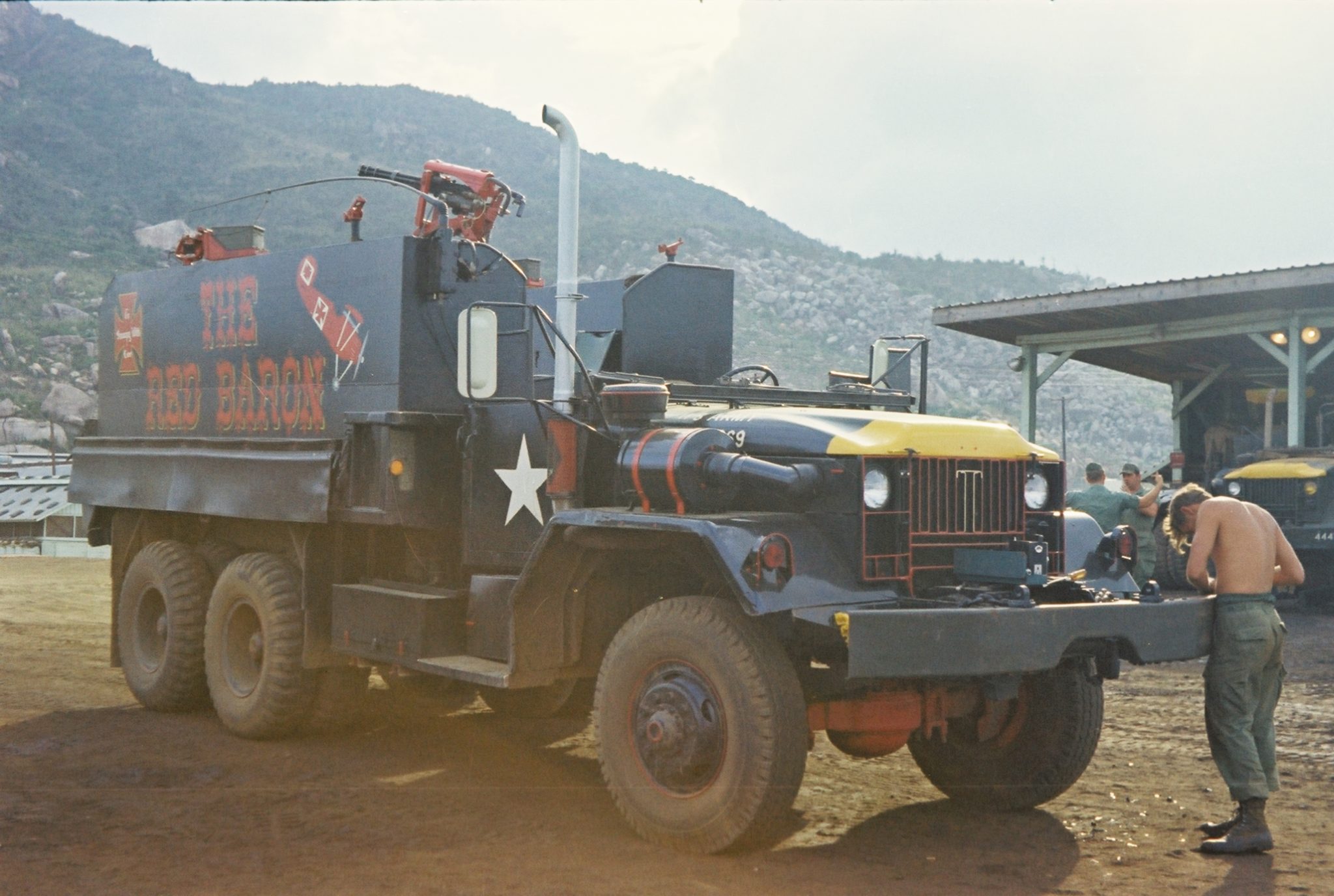
Gun trucks were born out of necessity due to the US’s situation during the war. By 1967, the US military was spread throughout the central highlands of Vietnam. A key factor for the US was how to provide supplies and ammunition to all the troops spread throughout the region.
Helicopters and C-130 Hercules cargo planes could not keep up with the demand or reach every necessary location so the US Army Transportation Corps was called upon to make the deliveries.
Supplies were brought into the country through ports at Qui Nhon and Cam Ranh Bay. Then they were loaded on cargo trucks and driven on long, winding roads that were in desperate need of repair.
The Viet Cong soon learned that while it was difficult to have any success attacking US bases or formations, the supply chain was a weak link that was eminently exploitable. The VC began daily raids on the US delivery convoys.
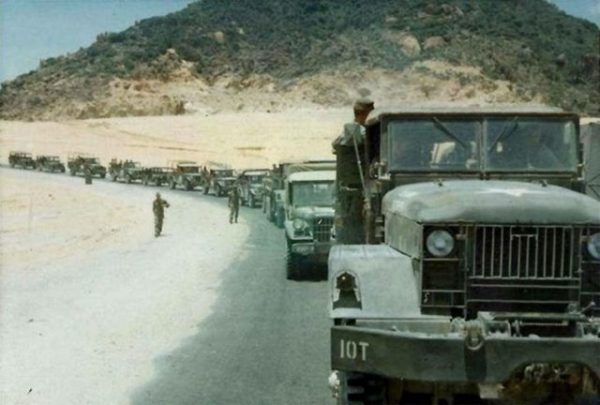
On September 2, 1967, a particularly successful raid left 30 trucks destroyed or damaged, nine drivers killed and another 17 wounded. The entire attack took only ten minutes.
The Army responded by supplying additional armed jeeps but clearly more was needed. The transportation corps took it on themselves to provide their own protection.
Their first efforts focused on transforming 2.5-ton trucks into gun trucks. They added wood sides and backed them with sand bags to provide protection and mounted M60 machine guns to provide fire support.
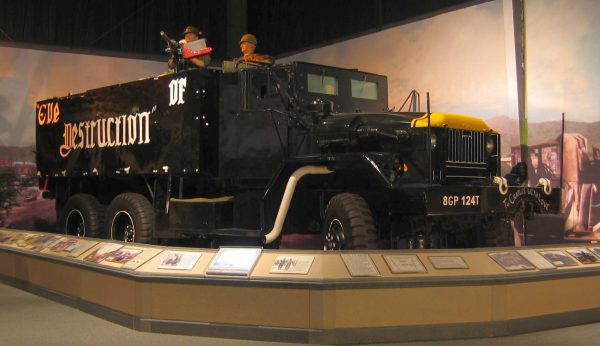
But the wood sides provided almost no protection from the enemy bullets and the sand added too much weight. Worse, when the sand got wet, it became even heavier. Trucks were more likely to break down from the extra weight and fuel mileage was substantially reduced.
So the corps continued improvising. They moved to 5-ton trucks and searched for metal plates, gun mounts, or anything else they could use. Only the M60s were authorized for the trucks but that didn’t stop the troops from obtaining what they needed using more creative methods.
In a few months, the corps had a fleet of armored gun trucks with an array of firepower at their disposal, everything from .50 caliber machine guns to grenade launchers and XM 134 mini-guns.
The trucks were painted black instead the traditional army green. Additional artistic touches were added including names like, “Brutus” and “The Untouchable.”
The trucks became part of every convoy with one gun truck issued for every ten delivery trucks in the convoy.
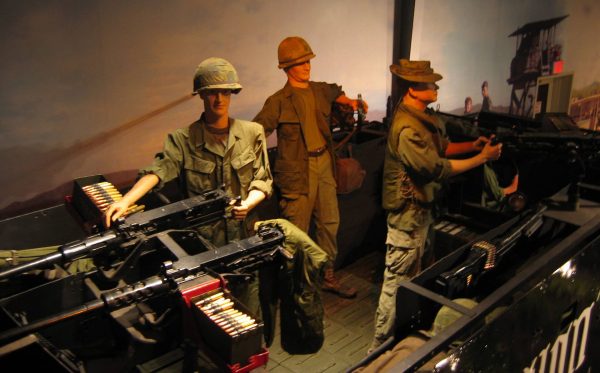
When the convoy was ambushed, the drivers of the delivery trucks would ditch their trucks and find cover. Meanwhile, the armored trucks would move into the fire zone and engage with the VC.
During one firefight, the gun trucks were credited with killing more than 40 VC combatants.
Members of the transport corps received multiple Purple Hearts plus recognition for their heroism and their dedication to their duty.
Specialist Larry Dahl of the 359th Transport Company received a posthumous Medal of Honor for his actions. After noticing a grenade that had been tossed into the back of the truck, Dahl fell onto the grenade to protect his team members while they were firing on the enemy.
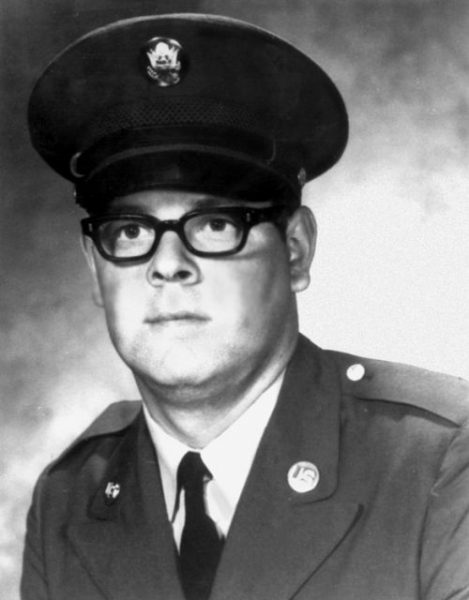
Specialist Dallas Mullins of the 444th Transportation Company saw that the driver of his truck was injured. He jumped from the truck and ran to the aid of the driver. While applying aid to the injured driver, he managed to move the truck out of the battle zone. All of this was done despite his own injuries. For his bravery, he received the Silver Star.
Another Article From Us: The Armored Cars America Provided for the Allies in WWII
Only one of the gun trucks still exists today. The “Eve of Destruction” is on display in the US Army Transportation Museum at Fort Eustis, Virginia.
